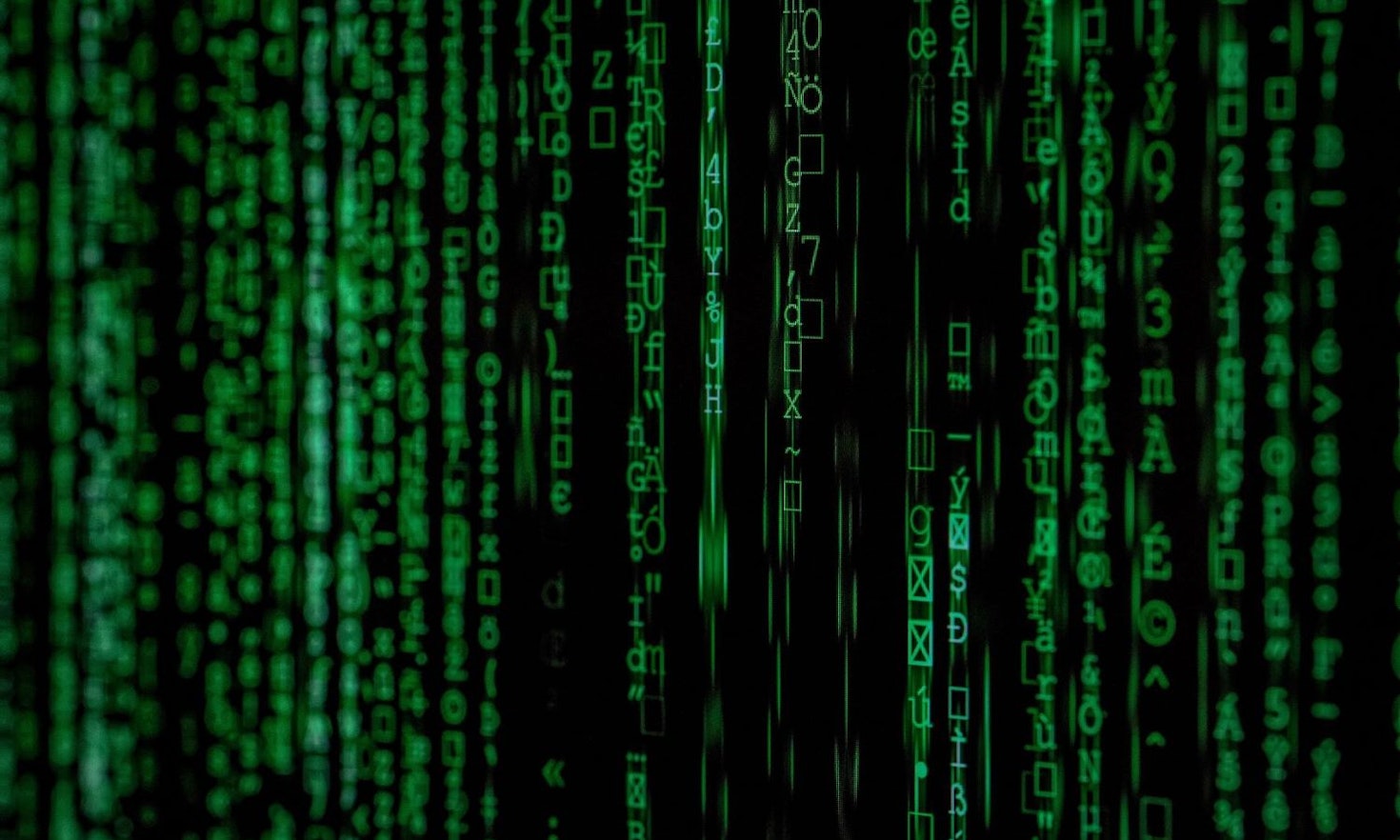New Technology, Algorithms and the Rising of Private (Digital) Powers and new Challenges for Constitutional Law

New technologies have always challenged, if not disrupted, the social, economic legal and, to an extent, the ideological status quo. Such transformations impact constitutional law, as the State formulates its legal response to the new technologies being developed and applied by the market, as well as in consideration of its own use of the technologies. The development of data collection, mining, and algorithmic analysis, resulting in predictive profiling – with or without the subsequent potential manipulation of attitudes and behaviors of users – presents unique challenges to constitutional law at the doctrinal as well as the theoretical levels.
At issue are at least four key features of constitutional law. The first is the traditional boundaries of constitutional law, as private companies assert powers traditionally associated with states. The second is the jurisdictional dimension, as the multinational and transnational dimension of the cybernetic domain challenge traditional concepts of territory associated with constitutional law. The third relates to the substantive challenges brought by the new technologies that offer the ability to speak, participate and promote social change, but at the same time challenge our concepts of autonomy, as they bring about an era of heightened social control (by the State, the Market and associational establishments, like faith-based associations, and so on). Algorithmic profiling may target certain viewpoints or certain communities. Decisions are often rendered by non-human agents or via non-transparent algorithmic language, often en-mass and in ways non-accessible to ordinary individuals. In that respect, our “legal technologies” of constitutional and administrative review – as a matter of doctrine, procedures and institutions – which were developed largely in the 19th and 20th century, are not necessarily adept to protect the liberty and equality values threatened by the new algorithmic capabilities. And lastly, the new social platforms offer the opportunity to (and in fact do) generate new virtual communities of values, which generate a sense of belonging, and ultimately may form novel constitutional identities, some of which are in discord with the constitutional identity of the nation state (or of the supra-national community, such as the EU).
Historically, liberal constitutionalism has been built on a vertical dimension where the power to limit liberty is only the public one, only in given jurisdictional territory, and therefore should be constrained by the national constitution. Moreover, with the rise of the bureaucratic state, the technologies for infringing liberty or equality were thought to be containable by the exercise of concrete judicial review (either constitutional or administrative), abstract judicial review, or a combination of the above. In recent years, however, the rise of the algorithmic society has led to a paradigmatic change where the public power is no longer the only source of concern for the respect of fundamental rights and the protection of democracy, where jurisdictional boundaries are in flux, and where doctrines and procedures developed in the pre-cybernetic age do not necessarily capture, in a relevant time-frame, rights violations. This requires either the redrawing of the constitutional boundaries so as to subject digital platforms to constitutional law, or to revisit the relationship between constitutional law and private law, including the duties of the state to regulate the cybernetic complex, within or outside the jurisdictional boundaries of the state.
Therefore, modern constitutional law and constitutional theory are confronted with a novel scenario, which requires going beyond the classic dilemmas of horizontal versus vertical application of fundamental rights. The time has come to critically examine the emergence of new substantive and procedural rights in order to allow individuals to be effectively aware of the logic behind an automated decision-making process (by public and private entities alike). For example, obliging private actors to ensure that the logic of an automated decision-making process is comprehensible will likely be on the constitutional agenda of the EU and nation-states in the near future, as will be other legal tools designed to generate incentives to develop monitoring systems to ensure that the algorithmic State is indeed checked. Procedurally, constitutional adjudication will confront the need to assess automated redress mechanisms in a manner that reduces the technological gap and enhances the human dimension in the algorithmic society.
The relative low level of substantial transparency and accountability of algorithms, which are programmed and developed according to the economic incentives, ethical framework and private law tools of corporate actors is salient. Since these actors are not obliged to pursue any public interest, and perhaps for good reason, they are free to privilege private values. At the very least, therefore, serious constitutional engagement with what transparency demands from private and state actors alike is necessary. This is no trivial challenge, since the low level of transparency of automated decision-making processes results in no small part from the difficulty of the legal community and laypeople alike to understand the language and logic of machine learning and algorithmic predictions. The transparency difficulty is further accentuated by intellectual property regimes on the one hand, and by market concentration on the other. Since information and data are the new sources of power in the algorithmic society, patterns of market consolidation risk generating technological asymmetry which gravitates to a handful of multinational private players. The state then finds itself in a peculiar position, as it becomes partly dependent on the technologies of these players while vying for a similar position with respect to the data it collects and analyzes, all at the same time as it retains the power (and legal responsibility) to regulate the industry and guarantee the protection of constitutional rights.
These are only some of the main issues which the IACL Research Group “Algorithmic State, Society and Market – Constitutional Dimensions”* intends to address. In particular, this Group will focus on the following research questions: how should the Constitutional State deal with new forms of private power in the algorithmic society? What are the new substantive and procedural rights that need to be recognized, and how can they be enforced? How can innovation (and the legal incentives for business to pursue innovation) be balanced with the need to ensure transparency and protect those subject to the cybernetic complex? To what extent should new forms of public or private law tools be developed to address the challenges posed by the shift to the algorithmic society? Can transnational or comparative constitutional law (including the processes of borrowing and migration of doctrine, procedure or theory) assist in addressing these challenges?
*This post reproduces the aims and the statements at the heart of the International Association of Constitutional Law Research Group “Algorithmic State, Society and Market – Constitutional Dimensions”, coordinated together with Prof. Amnon Reichman).
 | Oreste Pollicino is full professor of Constitutional Law at Bocconi University in Milan and if he didn’t roll, he would love to play tennis (more often). |
Citation
This content is licensed under a Creative Commons Attribution 4.0 International license except for third-party materials or where otherwise noted.







